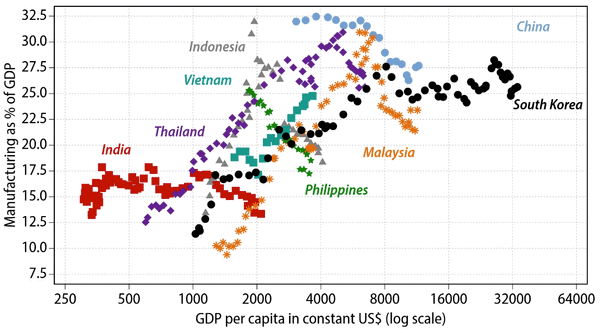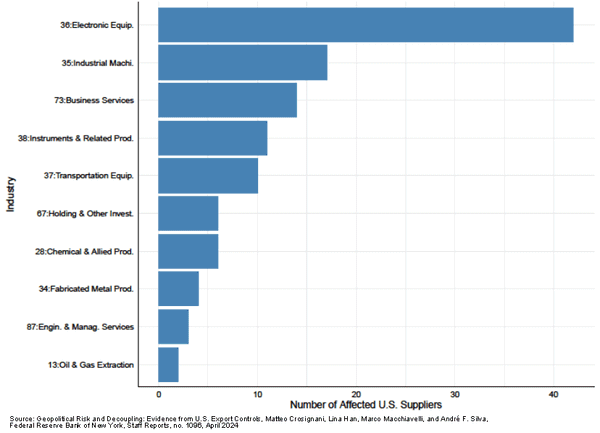Checklist: Electronic Hardware Equipment and Product Design Development for Manufacturing (DfM)



After semiconductor non-OEM components manufacturers jump through hoops to get their chipsets on the OEM approved vendors list (AVL), more work remains so they can secure purchase orders (PO) for their now 'qualified’ components. The buyer can be the OEM, and it can be the contract electronics (EMS) provider.

"Despite many attempts at using policy measures to boost its manufacturing sector, India remains a minnow in global supply chains," according to Gavekal Research/Macrobond on X.com at @Gavekal. The Company further stated, "manufacturing as a share of GDP has stagnated below 15%, behind most other

The U.S. Federal Reserve Bank of New York recently published one of their staff reports, titled: Geopolitical Risk and Decoupling: Evidence from U.S. Export Controls. As nation states are posturing for technological leadership in the current geopolitical race , the U.S. government is "using export controls to

Electronics product and equipment companies intending to source their printed circuit board assembly (PCBA) and box build integration programs to EMS manufacturers can expect to receive quotes from EMS manufacturers broken down into a list of cost inputs, looking similar to the numbered items, below. 1. SMT programming 2. Top